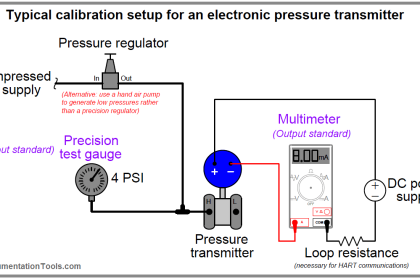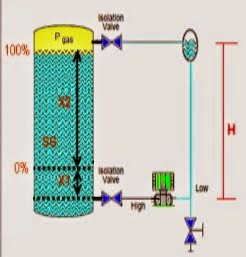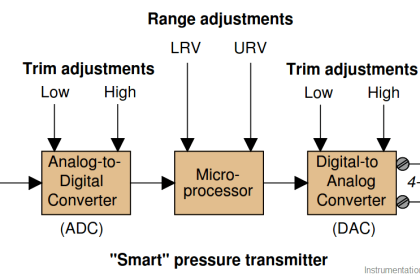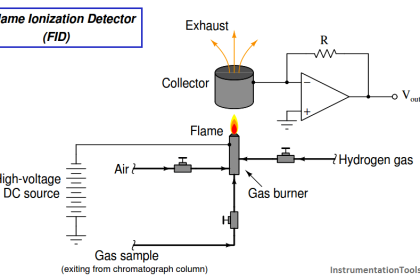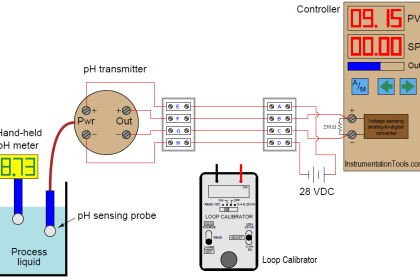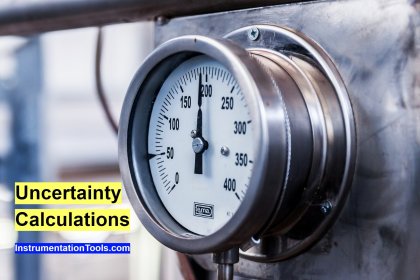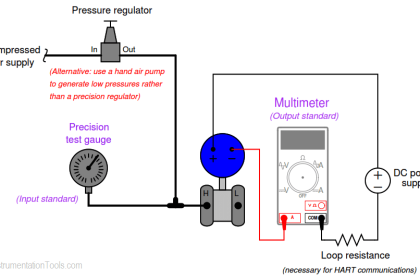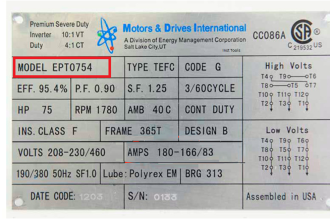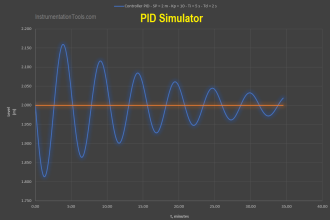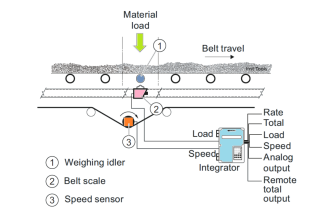An oxygen analyzer is used in almost all industries for measuring oxygen content in the gas sample. Especially, in utility plants, an oxygen analyzer is used to measure oxygen content in the process industry.
For example, in the instrument Air dryer and N2 plant, we generally use an O2 sensor, which is an important analyzer.
Oxygen Analyzer
Let us see how to calibrate this oxygen analyzer. Today in this article we will have a look at the calibration of an oxygen analyzer with having electrochemical cell as a sensor.
Calibration of other types of oxygen sensors is also almost the same with minor changes in procedure.
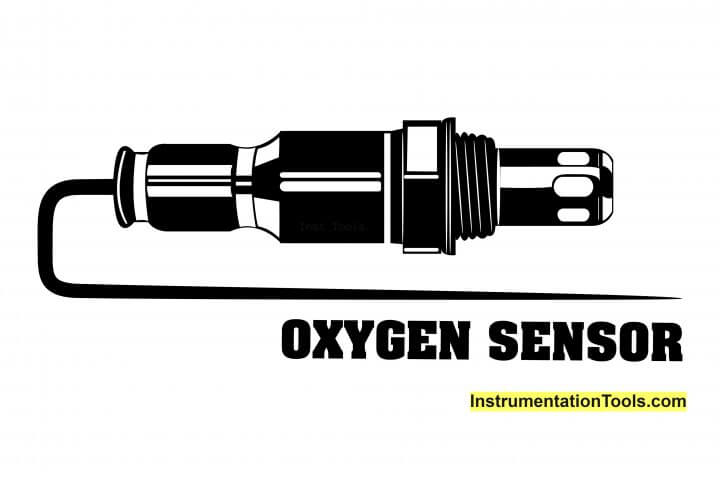
What are the necessary tools and tackles required for the calibration of oxygen analyzers?
The calibration of analyzers is always a bit different from other field instruments. Because in this process, we need calibration gas.
Below mentioned tools and tackles are necessary for the calibration of the oxygen analyzer
Calibration Tools
The tools and tackles used for calibrating are:
- Sample gas cylinder corresponding to 0 ppm of oxygen (pure nitrogen)
- Sample gas cylinder corresponding to the value of the upper range value of the analyzer (we took 5 ppm as the upper range value)
- Gas flow regulator for both cylinders
- Snoop liquid leak detector (or any other leak detector solution)
Always make sure that the gas cylinder’s validity is not over. Because this can lead to inaccurate calibrations.
How to Calibrate an Oxygen Analyzer?
Calibration of the oxygen analyzer can be done by following below-mentioned steps:
- Take permit to work corresponding to the analyzer on which job is to be done
- Bypass the interlock present for the tag on which the job is to be done (if available). An interlock bypass procedure needs to be followed for the bypassing interlock.
- Inform the operation department about the job and also other plants that are monitoring this oxygen analyzer’s value.
- Isolate the sample to the oxygen analyzer.
- Now, connect the sample gas cylinder corresponding to 0 ppm to the analyzer. Before routing the cylinder’s gas directly to the analyzer, vent some sample by opening the tube near the rotameter for flow measurement such that some sample goes to the rotameter as well as some flow gets vented. This will flush the line and remove oxygen as well as other gases present in the tube which we have connected. Now, establish flow as per manufacturer instructions to the analyzer. Wait for 5-10 minutes. If the value has become stable at one point, note down that value else wait for some more time so that the value gets stable.
- Calculate the error%. If the error % is more than acceptable then go for calibration. Go to the settings of the analyzer and apply Zero Calibrate. The analyzer will now start showing 0 ppm.
- Isolate this 0 ppm sample to the analyzer.
- Now connect the sample gas cylinder corresponding to 5 ppm to the analyzer and repeat the same procedure for flushing. Now establish the proper flow as per manufacturer instructions and wait for some time so that the value gets stable.
- Calculate the error%. If the error % is more than acceptable then go for calibration. If only the span is disturbed then go to settings and apply Span Calibrate and enter the value as 5 ppm. Now the analyzer will start showing 5 ppm.
- Now go to step 5 and repeat the steps until you get the desired results.
- If still, the analyzer is still not responding properly, then replace the electrochemical cell and calibrate it again.
- Take the analyzer in line after completing the job and see the response of the analyzer for 1-2 hours.
- Restore the interlocks which have been bypassed before the job.
- Close the permit and inform concerned people about the closure of the job.
If you liked this article, then please subscribe to our YouTube Channel for Electrical, Electronics, Instrumentation, PLC, and SCADA video tutorials.
You can also follow us on Facebook and Twitter to receive daily updates.
Read Next:
- Oxygen Gas Measurement
- Carbon Dioxide in Flue Gas
- pH Analyzer Common Problems
- Troubleshooting Oxygen Analyzer
- Cell Constant in Conductivity Analyzer
